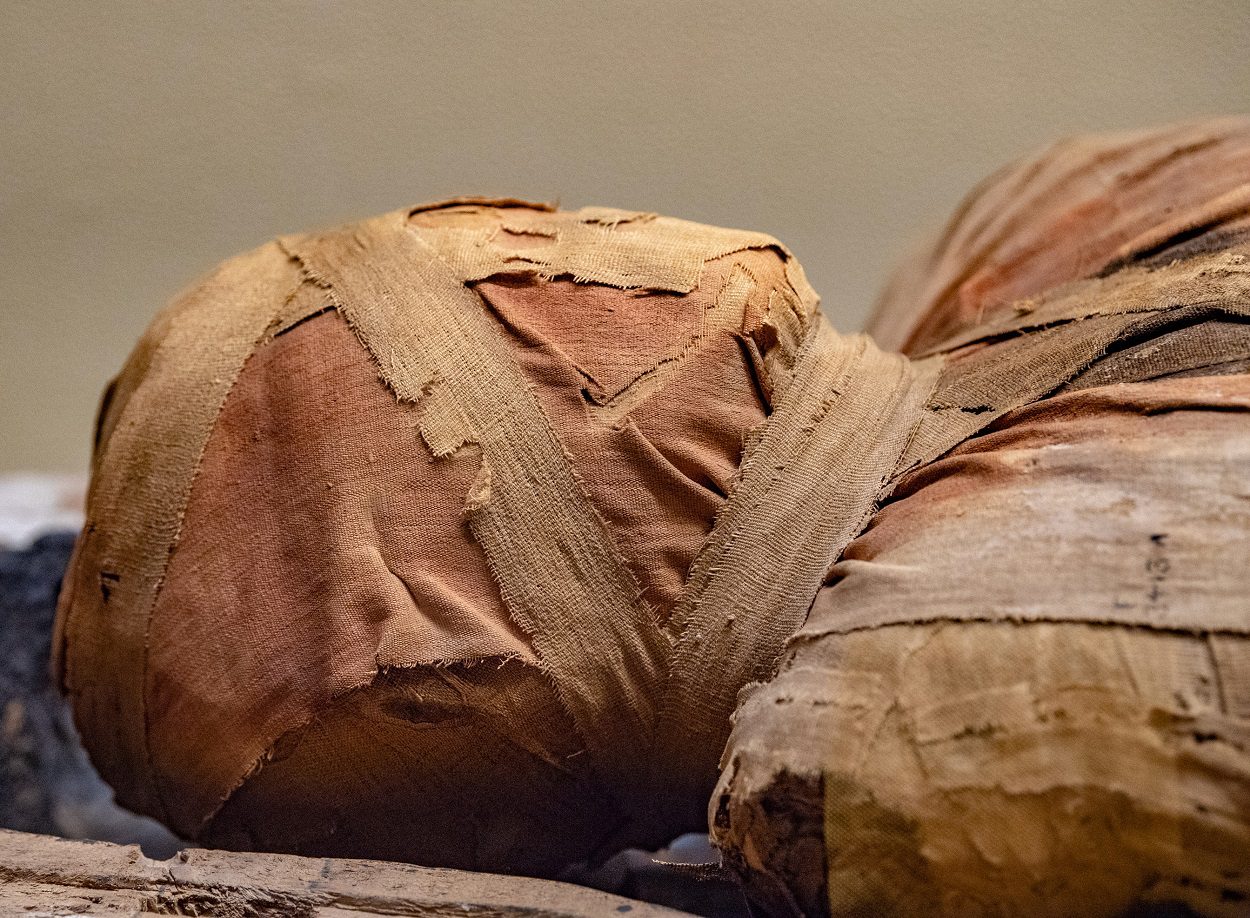A new study, published in the journal Advances in Parasitology, has conducted a meta-analysis of mummies to reveal new insights into the disease landscape of Ancient Egypt.
Egypt’s position in Africa, with the Mediterranean sea to the north, the Red Sea to the East, and the Sahara Desert to the west, means that the River Nile acted as the main conduit for water-born parasites not normally found in arid regions.
Furthermore, as Egypt expanded its borders through war and conquest, and traded with other Bronze Age cultures, this led to further exposure of the population to infectious diseases and parasites from the Mediterranean regions.
Various medical texts written on papyri actually contain descriptions of diseases and their treatments, with some describing worms and blood in the urine that could indicate cases of urogenital schistosomiasis (also known as snail fever). This is a disease caused by parasitic flatworms called schistosomes, and is spread by contact with fresh water contaminated with the parasites.
An adaption of modern techniques can be used in the clinical analysis and detection of such parasites, such as light microscopy for identifying the eggs of intestinal helminths. In the case of Ancient Egyptian mummies, dry samples are rehydrated in trisodium phosphate solutions before they can be visualised.
By applying a meta-analysis approach, the results reveal that 65% of mummies analysed revealed positive results for schistosomiasis, 40% for headlice, 22% for falciparum malaria, and 10% for visceral leishmaniasis.
The study authors suggest that the Nile played a pivotal role in the spread of such diseases, by enabling mosquitos to breed and spread malaria and filariasis. Also, the irrigation of fields using the Nile waters likely put farmers at risk of infection from schistosomiasis.
The study concludes: “The evidence brought together here shows that parasite infection in ancient Egypt and Nubia was quite distinct from that found in many other civilisations of the ancient world. Species spread by ineffective sanitation were rare, possibly due to the role of the annual Nile floods fertilizing the fields so that the population did not need to use their faeces to do so. It was zoonotic parasites that dominated.”
Header Image Credit : Shutterstock
Sources : ScienceDirect – Chapter Two – Parasites in ancient Egypt and Nubia: Malaria, schistosomiasis and the pharaohs. https://doi.org/10.1016/bs.apar.2023.12.003







